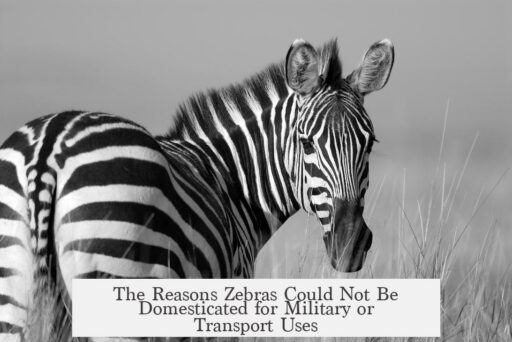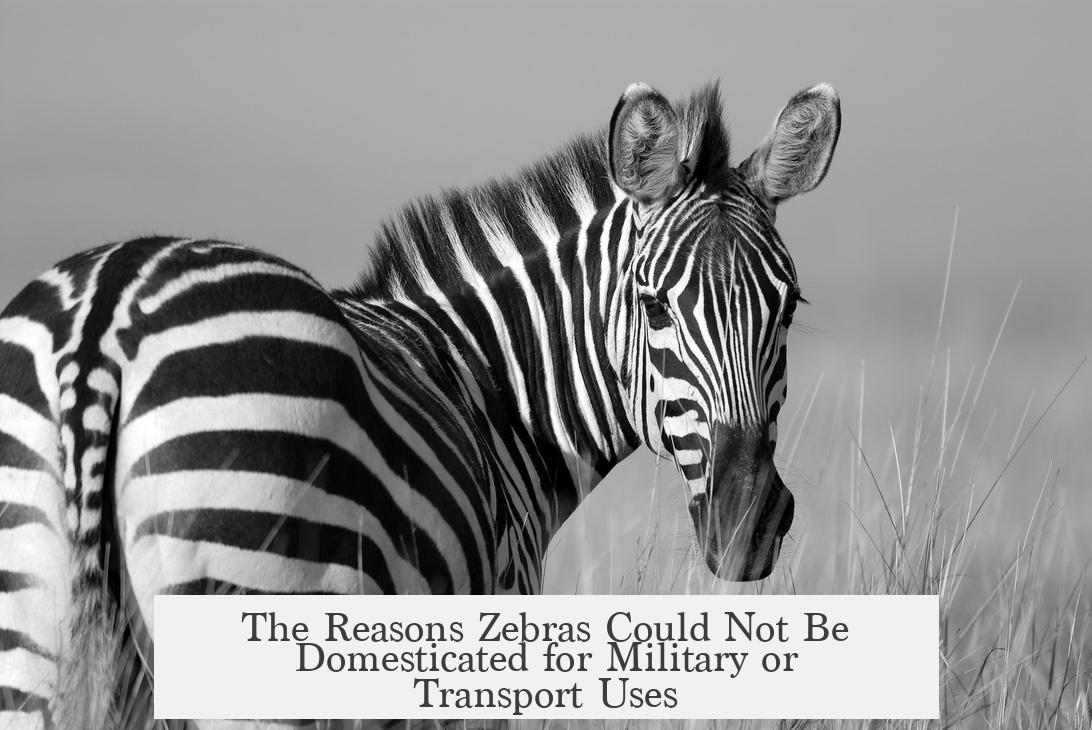Zebras were never domesticated or widely used for military and transport purposes due to their behavioral traits, social structure, and physical characteristics that differ significantly from those of horses and other domesticated animals.
Zebras lack a clear hierarchical social structure that humans could exploit. Unlike horses and dogs, which bond as herds or packs under a lead figure, zebras group mainly for safety. They do not form strong, organized family units or follow a dominant stallion reliably. This absence of a social order makes it difficult to control and train zebras in a similar manner to horses.
Additionally, zebras are known for their aggressiveness and unpredictability. They can be hostile toward perceived threats and even humans, which causes many injuries on safaris. Their aggressive nature makes them risky to handle and unsuitable for riding or pulling loads where calmness and reliability are necessary. While individual zebras may be tamed, bonding with humans or forming cooperative groups is rare and challenging to maintain.
Zebras exhibit a strong fear response that is hard to subvert. Whereas some domesticated animals like horses run but remain manageable under fear, zebras tend to be more flighty and dangerous when stressed. This fearfulness increases their unpredictability, limiting successful domestication efforts.
Physical factors also hinder domestication. Zebras are built for speed and endurance rather than strength or carrying capacity. Their backs are not as strong as horses’, making them less suitable for riding or heavy burden tasks. Horses have qualities that served well in transport and warfare, including strength, endurance, and a long history of coevolution with humans.
Historically, zebras have been mainly prey for humans rather than partners. This contrasts with horses, which evolved alongside humans and gradually adapted to domestication. Other animals like camels and cattle provided better alternatives for transport and military use, especially in regions where horses were non-native.
There are rare examples of zebras being trained for specific uses, such as pulling chariots in ancient Rome or a zebra-drawn carriage owned by Lord Walter Rothschild. These instances, however, are exceptional and did not represent widespread or practicable domestication.
- Zebras lack hierarchical social bonds needed for training.
- Their aggression and unpredictability pose safety challenges.
- Strong fear responses make them difficult to handle.
- Physical traits favor speed over load-bearing or riding.
- Better-suited animals like horses and camels exist for transport.
- Historical human interactions with zebras focused on hunting.
Why weren’t Zebras ever domesticated and used for military or transport purposes in areas where horses were non native?
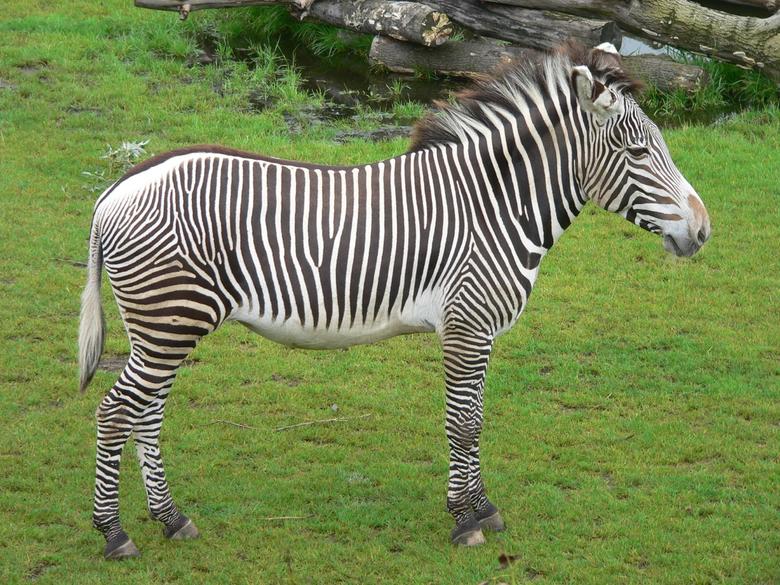
Zebras were never domesticated for military or transport uses mainly because they are aggressive, unpredictable, and lack the social structures that make other animals like horses ideal for domestication. Simple as that—imagine trying to recruit a squad of wild, stubborn thrill seekers who don’t respect leaders or rules. Not exactly the recipe for an army on horseback or dependable transport, right?
Now, let’s dive deeper into what makes zebras tick—or rather, what makes them refuse to be tamed.
Lack of a Hierarchical Social Structure: Zebras March to the Beat of Their Own Drum
A big piece of the domestication puzzle is social hierarchy. Horses thrive on it. They have a lead stallion and a herd structure that humans can mimic and manipulate. Dogs have packs, cats are lone but adaptable, but zebras? They stick together mostly for safety, not because they respect a leader.
Zebras prefer small groups, but they don’t form loyal bonds with a leader or dominant stallion the way horses do. Think of them as rowdy teens who won’t answer to their parents, banding together only when there’s a threat. This lack of natural leadership makes it impossible for humans to establish the kind of control needed for domestication.
Aggressiveness and Unpredictability: The Wild Cards of the Animal Kingdom
If you ever hear safari guides joking about the zebras being “the biggest source of injuries,” there’s a reason. Zebras are notoriously vicious and quick to bite or kick anyone they see as a threat—even humans. Attacking threats isn’t just a defensive move; it’s their standard approach.
While individual zebras can sometimes be tamed, they never truly bond with humans or form calm, reliable partnerships. They are flighty, violent, and downright dangerous compared to the well-mannered horse. Imagine trying to outfit an army with fiery steeds that could decide to throw their rider off mid-battle. Not exactly comforting.
Fear Response: When Flight Takes Over Fight
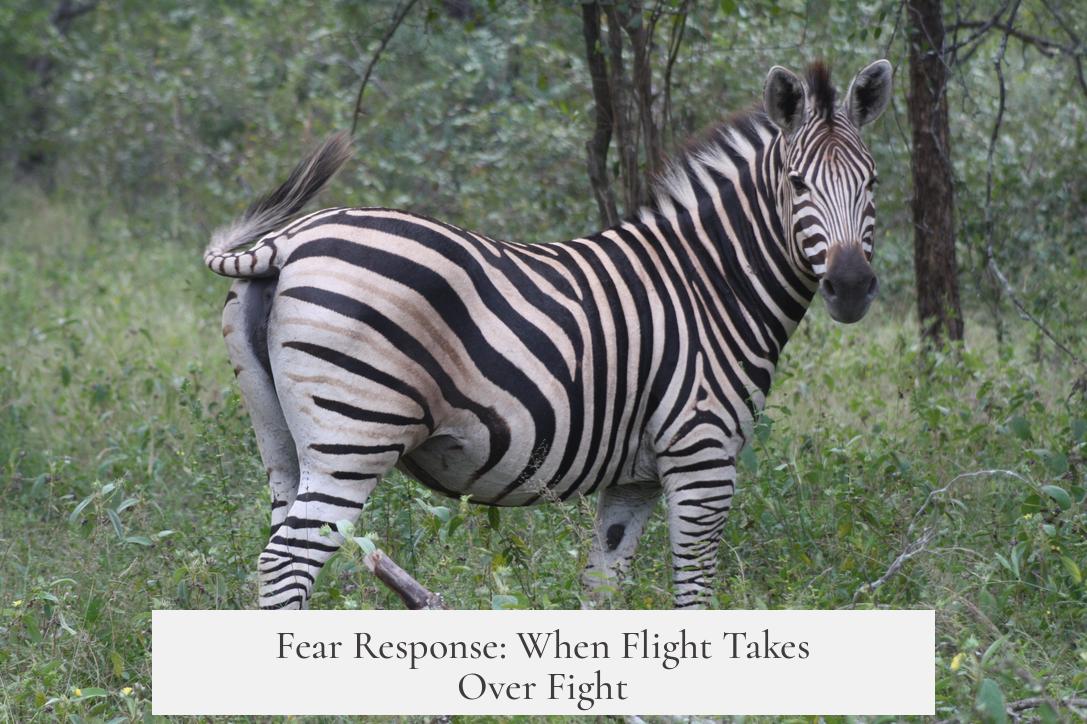
Zebras have an intense fear response. When startled, they tend to bolt at full speed, often irrationally. This “dash to death” response seen in many antelope species isn’t easy to manage or train away.
Successful domestic animals tend to have fear responses that humans can subvert and redirect. Horses run from danger but maintain some control. Zebras? Not so much. That makes them wildly impractical for military or cargo duties.
Comparing Zebras to Horses: Built for Speed, Not Strength or Cooperation
Horses have several advantages beyond their social structure. They are stronger with sturdier backs ideal for carrying weight, whether it’s a warrior in full armor or hefty cargo. Horses have been bred over thousands of years specifically for domestication and companionship.
Zebras, on the other hand, optimized evolution for sprinting to outrun predators—speed over strength every time. They haven’t had the long-standing historical relationship with humans like horses, who provided milk, meat, and labor. Humans have hunted zebras mostly, never partnered with them.
Why Not Use Zebras When Horses Weren’t Around?
You might ask, “If horses weren’t native somewhere, why not just tame zebras?” The answer lies in alternatives. Other animals like camels and certain cattle adapted better to harsh environments, had friendlier temperaments, and lower fear responses.
Camels, for example, tolerate arid climates and are content with a leader, making them excellent transport animals. They’re basically the cameloids’ version of a reliable four-legged taxi.
Did Zebras Ever Play a Role in Human Transport or Military History?
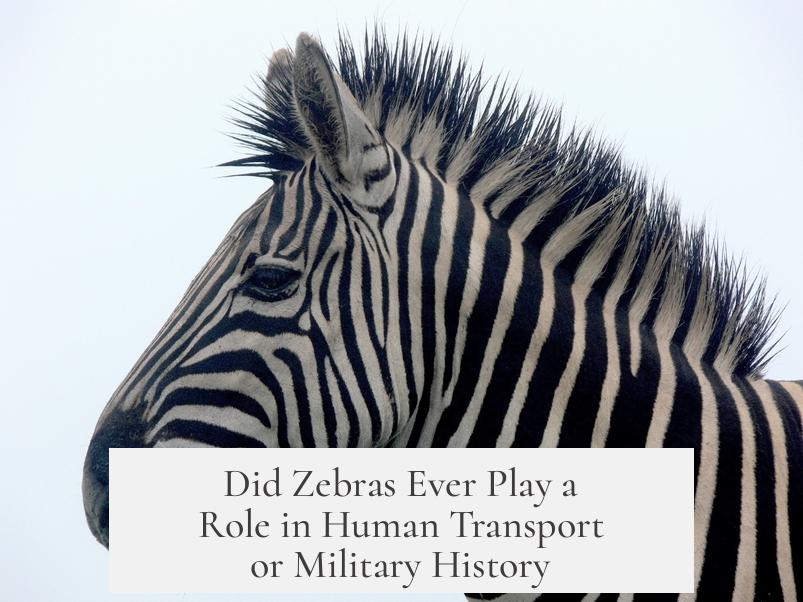
Interestingly, zebras were never used en masse, but there are exceptions. Ancient Romans trained Grevy’s zebras to pull chariots for circus acts, more for show than serious work. In more recent history, Lord Walter Rothschild famously had a zebra-drawn carriage, which must have made the neighborhood quite a spectacle!
These isolated examples show zebras can be trained, but their aggressive and unpredictable nature makes widespread domestication and use as military or transport animals impractical.
So, What Can We Learn from Zebra’s Refusal to Be Tamed?
- Social structures matter: Without a hierarchy, animals resist human control.
- Temperament counts: Aggression and unpredictability are obstacles to domestication.
- Body type matters: Animals suited to carrying loads or tasks must have the right build.
- Alternative species fill the gap: Camels and livestock serve better in tricky environments.
Humans have a remarkable history of domesticating animals, but zebras remain wild at heart. Sometimes, the animal kingdom reminds us that not every creature wants an office job.
Final Thought: Could Zebras Ever Be Domesticated?
Sure, the idea of a zebra cavalry sounds dazzling. Striped horses charging into battle would be a great story. But nature and history tell us zebras just don’t fit the bill. Their fierce independence and wariness make them better off as wild symbols of freedom than as pawns of human ambition.
Could future scientific advances change this? Maybe, but zebras have successfully resisted the domestication trend for centuries, and that stubborn spirit is part of their charm.
Next time you see a zebra, appreciate it as a wild marvel—beautiful, untamed, and proudly untrainable.
Why don’t zebras form social hierarchies like horses, affecting their domestication?
Zebras prefer small groups and do not bond to a single leader like a herd stallion. This lack of a clear social hierarchy makes it hard for humans to manage or control them, unlike horses, which follow a structured herd leader.
How does the aggressive nature of zebras impact their suitability for military or transport use?
Zebras are highly aggressive and unpredictable. They can bite and kick, causing injuries. Their wild behavior and hostility make them dangerous and difficult to train for riding or pulling loads.
Why is the fear response in zebras a challenge for domestication?
Zebras have a strong flight response that cannot easily be subdued. Unlike some animals that calm down with humans, zebras remain highly alert and prone to panic, making them unstable for riding or warfare.
How do horses compare to zebras in terms of physical traits relevant to domestication?
Horses have stronger backs and are built for endurance and load bearing. Zebras are designed for speed and survival, which limits their usefulness as transport or military animals.
Were there any historical attempts to use zebras for transport or work?
Yes. Ancient Romans trained Grevy’s zebras to pull chariots for entertainment. In modern times, figures like Lord Walter Rothschild used zebra-drawn carriages, but these were rare exceptions and not widespread practices.
